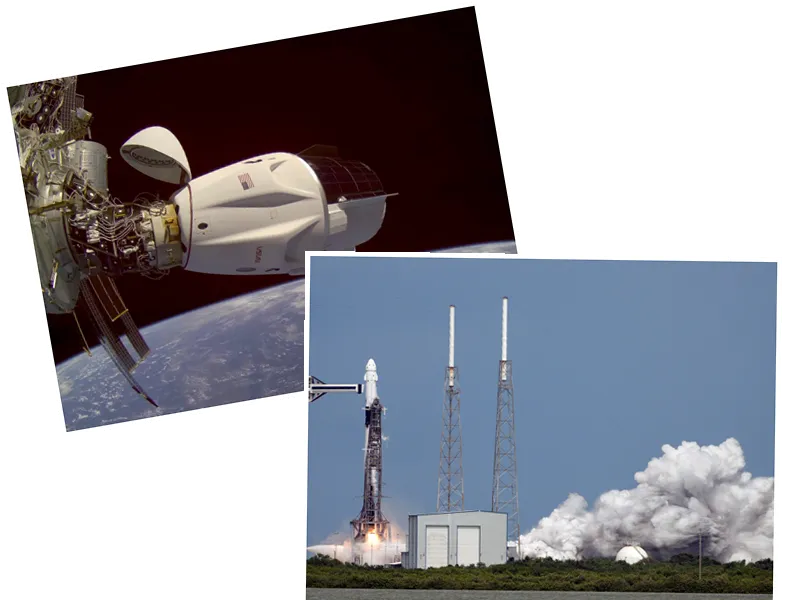SpaceX Achieves Historic Booster Capture in Fifth Starship Test Flight
On October 13, 2024, SpaceX successfully launched its fifth test flight of the Starship, the largest and most powerful rocket system ever built, from its Boca Chica base in Texas. The mission marked a significant milestone in SpaceX's goal of developing a reusable rocket system capable of carrying humans to the Moon and Mars. The launch occurred at 2:25 p.m. Spanish peninsular time (8:25 a.m. ET), showcasing the full functionality of the Super Heavy booster, which ignited all 33 Raptor engines without incident, a notable improvement from previous tests where one engine had failed.
The highlight of the mission came seven minutes post-launch when the Super Heavy booster successfully returned to the base and was captured mid-air by a large robotic gripper known as Mechazilla. This unprecedented maneuver was celebrated at SpaceX headquarters, with CEO Elon Musk sharing the moment on social media, emphasizing the achievement's importance in the history of space exploration. The booster’s successful capture represents a crucial step toward making rocket launches more efficient and cost-effective.
The Flight and Its Implications for Future Space Missions
Following the separation from the Super Heavy booster, the upper Starship component completed a suborbital trajectory, culminating in a soft splashdown in the Indian Ocean about an hour after launch. While the spacecraft exploded upon hitting the water, the mission control reported that all phases of reentry and descent were executed flawlessly. This flight not only tested the booster’s recovery but also gathered valuable data on the Starship's thermal shield, which had previously shown vulnerabilities during reentry.
SpaceX's commitment to reusability is driven by the need to reduce the costs and increase the frequency of space missions. The successful mid-air capture of the Super Heavy booster with its
chopsticks
demonstrates the company's innovative approach to rocket recovery. By developing systems that allow rapid reuse of rocket components, SpaceX aims to revolutionize space travel and make it more accessible for future missions to the Moon and Mars.
Looking Ahead: The Future of SpaceX and Space Exploration
As SpaceX continues to refine its Starship program, the company is poised to lead the next era of space exploration. The successful execution of this fifth test flight builds on a series of increasingly complex tests that began in 2019. Each milestone achieved brings SpaceX closer to its ambitious goal of deploying a fully operational Starship fleet capable of supporting human life beyond Earth. With continued advancements in technology and engineering, the potential for routine space travel becomes more tangible, paving the way for a new chapter in humanity's exploration of the cosmos.





